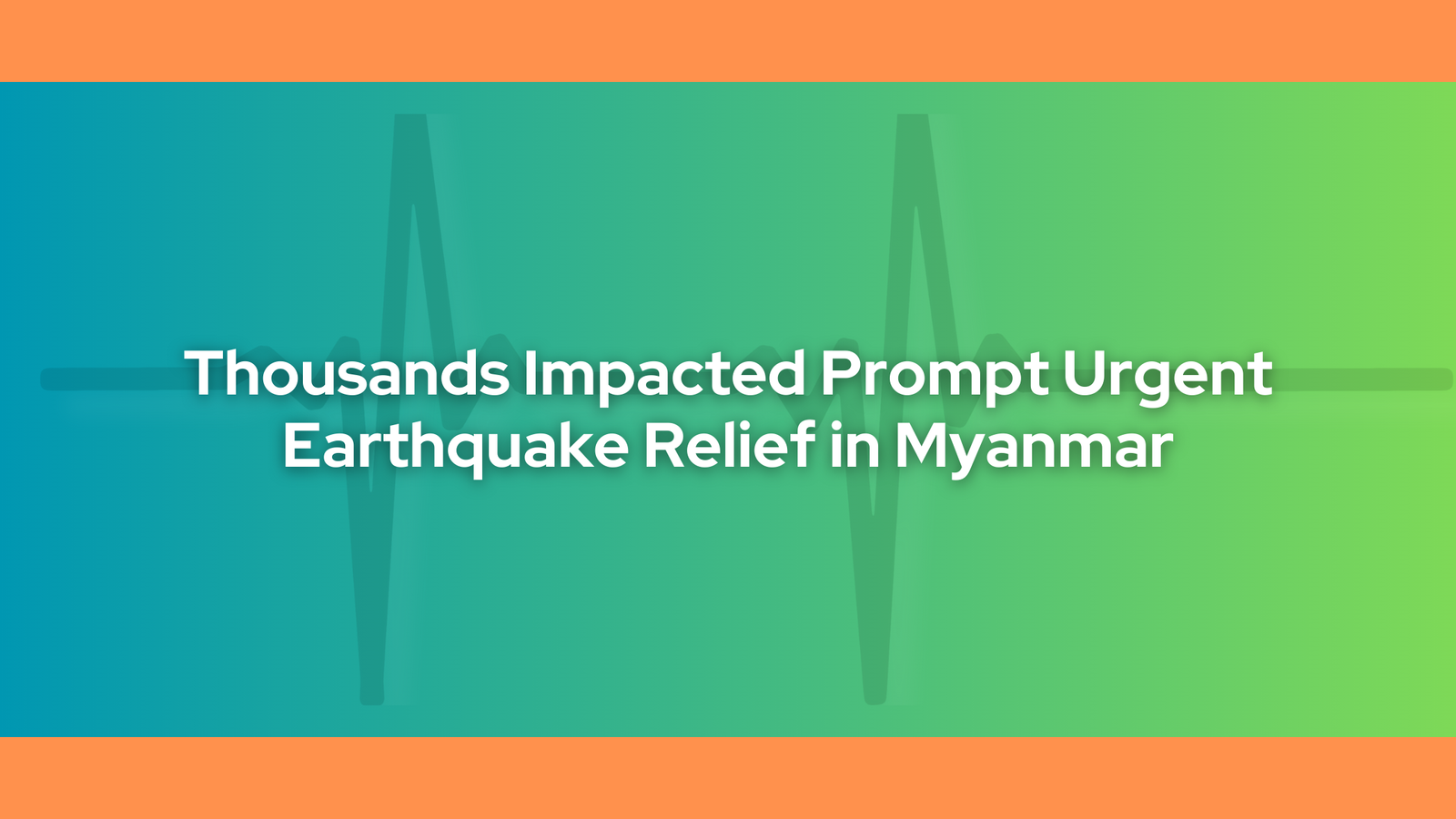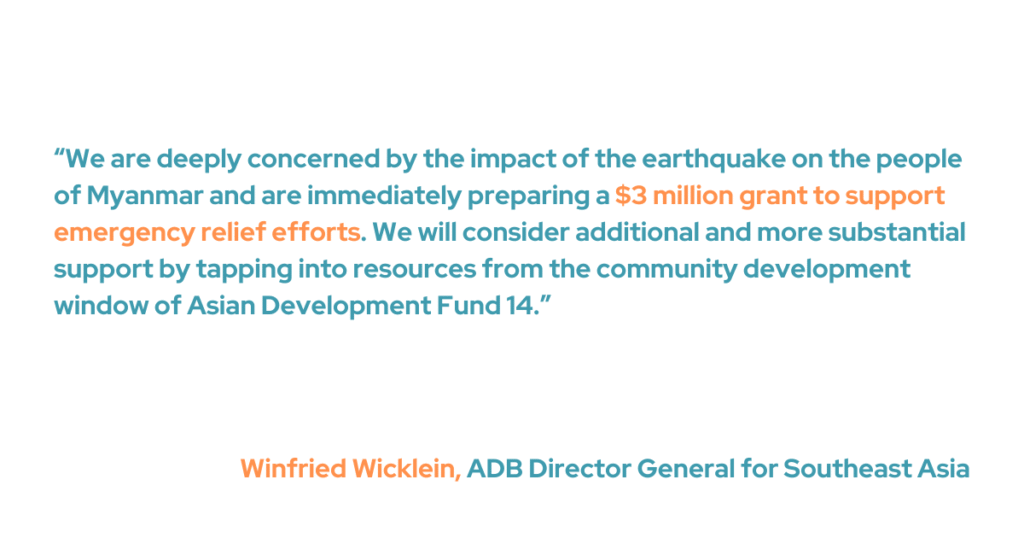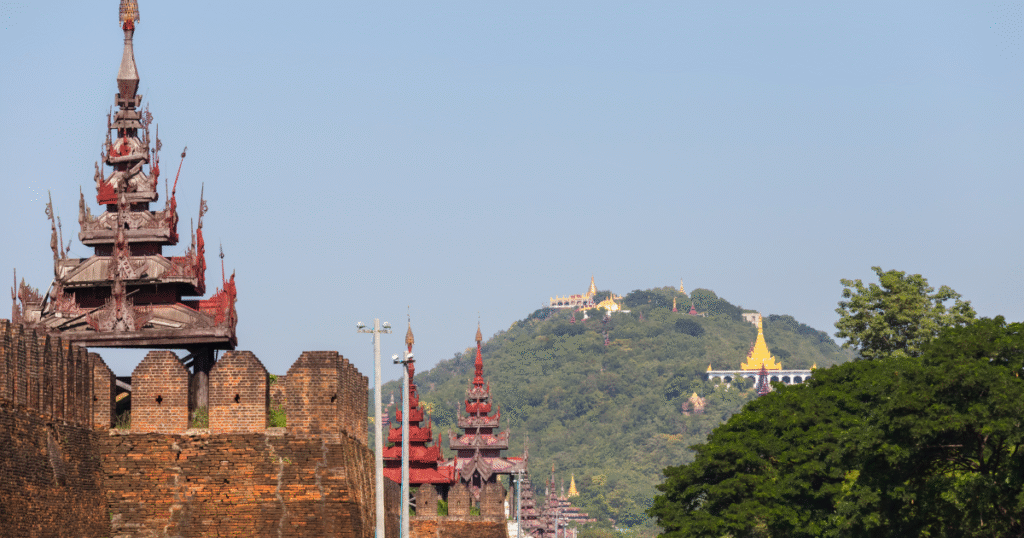
On March 28, 2025, a 7.7-magnitude earthquake struck Myanmar, one of the strongest earthquakes in the country’s history. This comes as a significant blow, as the country also grapples with harsh economic conditions and civil unrest. The earthquake, considered the deadliest in almost a century, according to The Washington Post, occurred at a challenging time when ongoing civil unrest was happening in the country. With this, the country is in desperate need of medical support and assistance. Providing earthquake relief in Myanmar can help 17.2 million people who were impacted by this natural disaster.
To support the earthquake relief in the country, on April 1, 2025, the Asian Development Bank (ADB) is finalizing a $3 million grant for the humanitarian needs of the Myanmar people and emergency support. ADB’s Board of Directors is preparing the grant for expedited approval. The United Nations World Food Programme (WFP) will deliver this grant to meet immediate needs by distributing in-kind food and multipurpose cash assistance to buy necessities like shelter, medical supplies, and drinking water.

The ADB Director General for Southeast Asia, Winfried Wicklein, has expressed their concern regarding the effects of this disaster on the people of the quake-stricken nation and that they are in a rush to prepare the $3 million grant for earthquake relief in Myanmar. “We will consider additional and more substantial support by tapping into resources from the community development window of [the] Asian Development Fund 14,” he added.
According to Reuters, the earthquake has taken the lives of 3,645 people. Aside from this, there are more than 5,000 residents injured, and over a hundred are missing. The quake destroyed 2,100 government-owned buildings and damaged around 49,000 houses. In the same report, the Thai Foreign Minister Maris Sangiampongsa and his Malaysian counterpart, Mohamad Hasa, met with authorities from Myanmar in the capital of Naypyidaw on April 5 and witnessed the extent of the destruction.
The Thai minister emphasized that Myanmar needs field hospitals, as the damage from the earthquake prevents their current hospitals from operating at full capacity. The minister added that there was also a need for food, water filters, clean water supplies, temporary shelters, mosquito nets, and food because of the growing concern over infectious diseases among the homeless, exacerbated by the extreme summer heat.

The earthquake’s epicenter was situated roughly 16 km north-northwest of Sagaing City and 19 km northwest of Mandalay. The Sagaing region hosts around 1.3 million internally displaced persons (IDP)—people who have to leave their homes mainly due to armed conflict and violence in the country. This number represents one-third of Myanmar’s IDP population. Aside from damaging hundreds of hospitals and government facilities, the earthquake also battered over 2,600 schools, according to UNICEF.
China’s Yunnan and Shaanxi provinces felt the earthquake. In Bangkok and Chiang Mai, Thailand, residents needed to evacuate from buildings because of the earthquake. Days after the earthquake, people still felt aftershocks across Myanmar. On April 13, another earthquake of 5.5 magnitude hit the country. The epicenter was roughly 78 km south of Mandalay City and 34 km north-northeast of Meiktila City.
Providing earthquake relief in Myanmar is more than just short-term humanitarian aid; it is a beginning for the people who have lost everything in this disaster. Continued support from international organizations and neighbors can help Myanmar rise from its rubble.